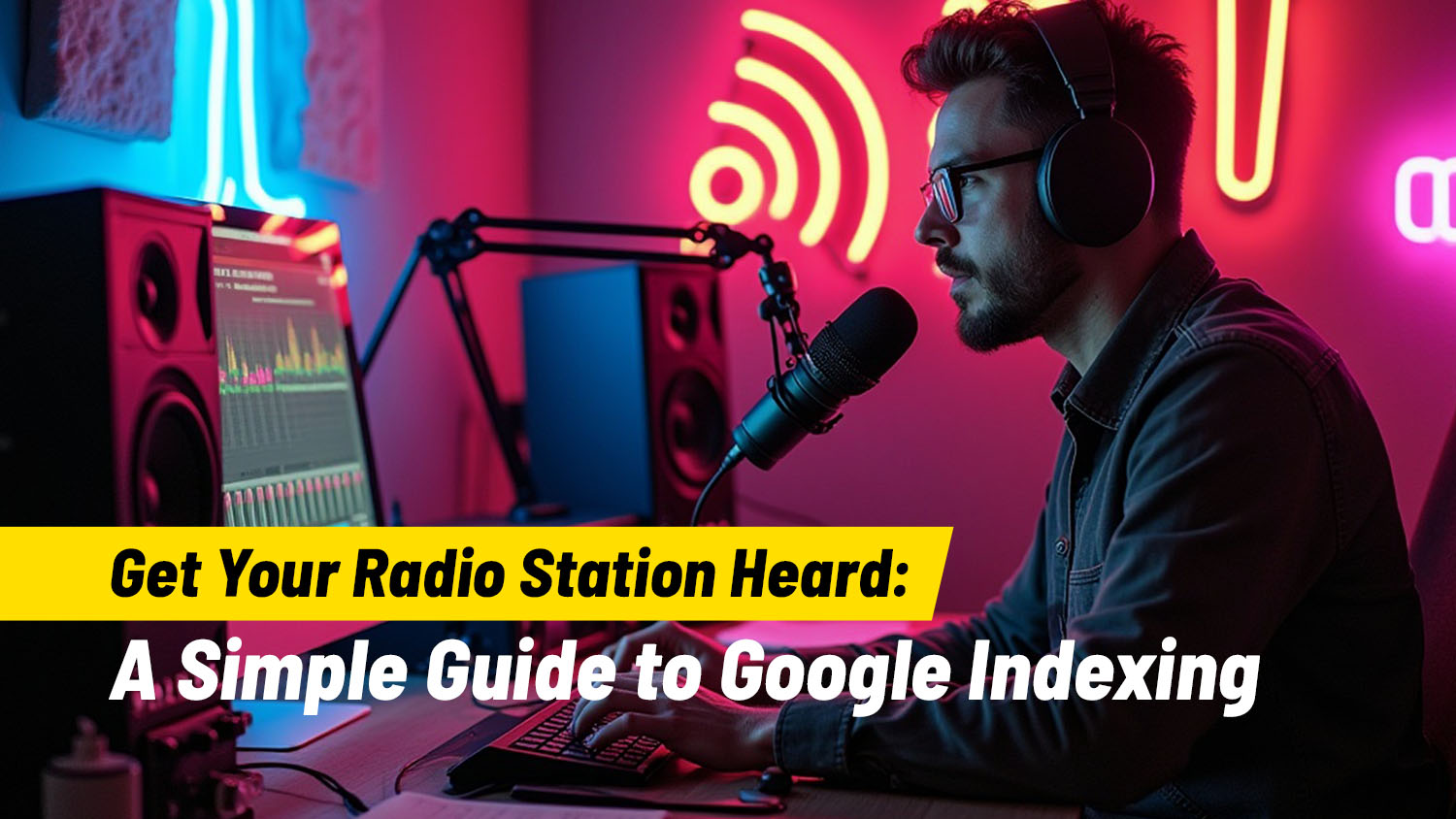
- arrow_back Home
- keyboard_arrow_right Radio WordPress
Get Your Radio Station Heard: A Simple Guide to Google Indexing
Radio WordPress 16 279 Pro Radio WordPress Theme May 11, 2025

You’ve poured your passion into creating an awesome online radio station—curating playlists, booking guest DJs, and building a sleek website that showcases your brand. But if your site isn’t appearing in Google search results, you’re missing out on thousands of potential listeners. Getting indexed by Google is the first critical step to boosting organic traffic, increasing tune-in rates, and growing your community. The good news? You don’t need to be an SEO guru or hire a tech wizard. In this guide, we’ll walk you through a straightforward, four-step process—using the popular All in One SEO plugin and Google Search Console—to help your station get noticed by search engines. (are you using YOAST? No problem, the procedure is basically the same)
Why Google Indexing Matters for Radio Sites
- Visibility & Discovery
When someone searches for “fresh indie playlists” or “live talk shows,” Google can only serve up your station if it knows you exist. Indexing puts your pages on Google’s radar. - More Listeners = More Engagement
Higher organic rankings translate to more click-throughs. Every new visitor is a potential loyal listener—you’ll see increased session times, more social shares, and better listener retention. - Brand Credibility
Sites that rank on page one are viewed as authorities. When listeners see your station in search results, they’ll trust your brand and be more likely to tune in and recommend you. - Cost-Effective Growth
Unlike paid ads, organic search traffic is “free” once you’re indexed. Invest a little time now, and reap ongoing benefits without a monthly ad budget.
Step 1: Install & Configure All in One SEO
- Add the Plugin
- From your WordPress dashboard, go to Plugins » Add New, search for “All in One SEO,” then click Install and Activate.
- Run the Setup Wizard
- Open All in One SEO » Dashboard and follow the prompts. Choose your site type (e.g., Online Radio, Podcast), enter your station name, and write a default meta description that captures your vibe.
- Keep It Lean
- Skip optional modules you won’t use right away—Schema markup and Local SEO can come later. Focus on the essentials to avoid overwhelm.
Step 2: Generate Your Sitemaps
- Enable XML Sitemaps
- Under All in One SEO » Sitemaps » General Sitemap, toggle XML sitemaps to Enabled.
- Customize Content Types
- Choose which types to include: your Show pages, Blog posts with station news, or even Category archives for genres.
- Fine-Tune Settings
- Leave “Posts Per Sitemap” at the default (1000) unless you have an exceptionally large archive.
- Locate Your Sitemap URL
- Save changes, then copy the link to your sitemap index (e.g.,
yourdomain.com/sitemap_index.xml). You’ll need this in Step 4.
- Save changes, then copy the link to your sitemap index (e.g.,
Step 3: Optimize Your Homepage Settings
- Open Global Search Appearance
- Navigate to All in One SEO » Search Appearance » Global Settings.
- Craft a Compelling Title
- Use keywords your audience searches for—think “Live DJ Sets,” “Community Radio Hits,” or “Podcast Talk Shows.”
- Write a Snappy Meta Description
- Keep it under 160 characters. Highlight what makes your station unique: exclusive interviews, listener requests, genre focus.
- Set Robots Meta to “Index, Follow”
- This tells Google to crawl and list your homepage. Preview how it might appear in search results.
Step 4: Leverage Google Search Console
- Sign Up & Add Your Site
- Visit Google Search Console and sign in with your Google account. Click Add Property and select Domain.
- Verify Ownership
- Follow the recommended DNS verification (add a TXT record) or upload the provided HTML file to your site’s root directory.
- Submit Your Sitemap
- In the Search Console sidebar, select Sitemaps, paste the path to your
sitemap_index.xml, and hit Submit.
- In the Search Console sidebar, select Sitemaps, paste the path to your
- Monitor & Fix Issues
- Check the Coverage report to see which pages are indexed and identify any crawl errors. Use the URL Inspection tool to request re-indexing of new or updated pages.
Beyond the Basics: Keeping Your Station in Google’s Good Graces
- Fresh Content
Regular blog posts about new shows, artist spotlights, or station news keep crawlers returning. - Speed & Mobile-Friendliness
Radios often stream directly on mobile—optimize images, use a fast hosting provider, and test your site with Google’s PageSpeed Insights and Mobile-Friendly Test. - Structured Data
Once you’re comfortable, enable the Schema module in All in One SEO to add rich snippets (e.g., ShowEvent, PodcastEpisode) that stand out in search results. - Social Signals
Encourage listeners to share your pages on social media. Each share is a sign to Google that your content is valued.
Final Thoughts
Getting indexed is not a one-and-done task—it’s an ongoing process of adding great content, monitoring performance, and tweaking settings. But by following these four straightforward steps, you’ll lay a rock-solid foundation for discovery and growth. Soon, your station will climb the search results, reach more ears, and build a vibrant community of listeners who tune in day after day.
Remember: SEO isn’t magic, but consistency is key. Start today, stay patient, and watch your online radio station amplify its reach across the web!
You may also like

Start Your Internet Radio Station
Products
Radio Features
Copyright 2019-2026 ProRadio® Qantum Themes SL® All Rights Reserved








